6 Google Analytics Metrics Bloggers Need to Care About
I am an affiliate with links to an online retailer in this blog post. When you read what I have written about a particular product and click on that link and buy something from the retailer, I can earn a commission. Please note that I only recommend products that I truly believe in and use in my business. Please read my full disclaimer here
 The following is a guest post written by Danielle Canstello, party of the content marketing team at Pyramid Analytics.
The following is a guest post written by Danielle Canstello, party of the content marketing team at Pyramid Analytics.
If a blog is one component of your business and your marketing strategy, you want to be sure it’s effective.
After all, it’s great to have subscribers, readers and shares, but the real point of your blog should be to support your business.
Which means the blog needs to be linked to business outcomes.
In other words, what’s the goal of your blog?
You need to define success, and it needs to be aligned with your business goals.
In this way, you’ll be able to know whether you’ve achieved your goal(s), or whether you’re en route to success.
What are the most important blog metrics and how can you measure progress towards your goal, or achievement of success?
With Google Analytics of course.
If you would like to learn more about Google Analytics you can watch Google’s video below on the topic.
If you want to skip the video, let’s get right into today’s post.
Let’s take a look at the 6 Most Important Google Analytics Metrics for Bloggers.
Get Started With Google Analytics
We’ll start by assuming you have a Google Analytics account. If you don’t, you can set one up here.
Next read this blog post to learn how to add Google Analytics to your blog.
With Google Analytics, you will be able to gather data to support your strategies and make decisions on whether what you’re doing is working or not.
It can be particularly effective as you determine and improve your content marketing strategy.
Once you’ve created your account, the first thing you need to do is take steps to ensure that you aren’t tracking your own activity on your blog.
Because Google tracks every activity on your blog, you must filter out your own activity because what will happen is that you will create and edit content on your own blog, and this will show up as visitor activity.
For that reason you want to exclude your own I.P address.
To do that, once you are in your Google Analytics dashboard, click on the “Admin” button.
Then go the View section and find the Filters menu. Click on Filters.
Then Add Filter.
Next, select Create New Filter.
Name your filter. For example “Exclude IP”.
Select Filter Type Predefined – Exclude
Click on “Select source or destination”, and in the drop down menu, choose “traffic from the IP addresses.”
Click on “Select expression” and in the drop down menu, choose “that are equal to.”
Then do a Google search for “What is my IP address,” copy and paste the result into the IP Address box and save.
This ensures that Google Analytics is only tracking external visitors to your site and not your own usage.
Click below to watch the video for more guidance.
With your IP address excluded, your account should look like this.
Analytics That Count
Now you can start digging into your blog metrics and using that information to adjust and improve what matters to you.
For instance, if the way you monetise your blog is by making money through advertisements or affiliate links, traffic will be important, and so will click-through rates.
Whatever your goals, let’s take a look at the 6 most important Google Analytics metrics that any blogger should be tracking.
Page Views
While this website metric alone may not be the best indicator that your blog is supporting your business goals, it is important to monitor blog traffic, whatever the desired outcome for your blogging strategy.
Under “Audience – Overview,” you get a snapshot of the total page views your blog has had, over different periods of time.
So if you want to see the total page views that your blog has had in a particular month, for example, use the calendar as shown below.
This can be particularly important for some business goals, such as optimising your website for lead generation. More views on the blog, means that there are more people to show your offer to and so the ability to capture more leads.
So this is an important website metric to track.
You can also dig deeper to determine what blog content is most popular with your readers, so you can produce more of that admired content. Want more blog post ideas? Click here.
To check this blog metric go to Behaviour then Site Content then All Pages.
From here, you can look at the data provided to support your content strategy.
Be sure to extend the “time frame” to 90+ days. After all, blog posts always get a spike in traffic right after publishing, so you want to be sure that you’re analysing the best content, not the most recent.
Here are a few important Google Analytics metrics to pay attention to:
- Click in the Page View column to order the page views from highest to lowest. This helps you understand what content is leading to the most views, so you can produce more of it.
- Look at Average Time on Page, which you can also rank from highest to lowest. Once again, this shows what content gets the most attention.
- Compare keywords by typing a certain keyword in the search box. This tells you the time spent on pages that contain your keyword. For example, if readers spend only 25 seconds on pages with “blog strategy” but 60 seconds on pages with “affiliate strategy” you can tailor your content strategy to more popular keywords.
- Look at the data as a graph, so you can see the spikes and analyse what was going on when the traffic jumped.
These are some examples of metrics that will help with your content strategy moving forward.
Bounce Rate
Another extremely important Google Analytics metric to monitor is bounce rate. It can also be found under Behaviour > Site Content > All Pages.
This metric is important because you want to be sure that people spend time on your website.
This means that your visitors are engaged with your blog, and in turn can potentially provide revenue when they stay on your site longer.
If they arrive and immediately leave, or “bounce” away, it means they aren’t staying to buy (or achieve whatever goal you have for their visit to your site).
This is an important Google Analytics metric for a few reasons.
The bounce rate is a key factor used by Google’s search engine when ranking your content in search results. That’s because it’s an indicator of user experience. Therefore, bounce rate along with time on site supports goals for traffic growth and generating business leads.
It’s important, therefore, to monitor your bounce rate. Once again, you can rank them in the column by highest to lowest. A high bounce rate for certain content means you aren’t engaging your customers. It’s good to avoid that type of content.
As well, if you’re generally losing visitors that arrived at your site, there are some other strategic adjustments you can consider such as:
- Improve the quality of the content, to keep readers on the site.
- Improve the load time of your site pages, because long load times are a top reason for “bouncing” off site. Keep them on site and reading your content.
- Ensure the links leading to the blog are aligned with the content when visitors click through; people will leave if the content is different than what they clicked on.
- Consider adding variety to the site to increase interest, such as videos or infographics.
Exit Rate
This is another key statistic that looks at people who have abandoned your site. It’s found next to the bounce rate data but gives you a different insight into your website/blog than the bounce rate.
Exit rate monitors users who leave your website after visiting more than one page, whereas bounce rate tracks those who leave from the page at which they arrived.
Once again, rank them from highest to lowest so you can examine the results.
A high exit rate for a particular page, or pages, means you need to make improvements to that page or pages.
Examine the content, for instance, to see if it’s a specific topic or topics that are driving them away. This kind of data is informative as you build or modify your blog content strategy and helps you optimise your blog content so that you get visitors who stay on your blog longer.
Sources of Traffic
Our next metric can be found in Acquisition > All Traffic > Channels
When you get this metric you will see a table, that shows you exactly where people find your blog.
Here’s what that looks like.
- Organic search means that people have found your blog through the search engines.
- Social means that people have found your blog through social media channels like Facebook or Pinterest.
- Direct means that people typed in your blog website address into their browser and came directly to your website.
- Referral means that people were referred to your blog by a third party. For example, if John creates a link to my blog post, from his blog post and his audience then clicks on that link and comes to my blog, then he has referred that traffic to my blog.
You can always click through to each traffic source to get more details on it.
Studying this metric will help you to see whether your traffic generation efforts are of any significance. For example, if you are using paid advertising to drive traffic to your blog, but the number of visitors to your blog from those paid ads is ranking low on the list of traffic sources, it might be time to spend resources elsewhere.
It’s also a good indication that you need to refine your advertising strategy to entice more people to click through on your advertisements.
As a side note, if you are struggling with your advertising strategy then click here to read my Facebook ads strategy that helped me drive a number of visitors to my blog post for a very low cost and resulted in me generating over $10k from that blog post.
The information that you find in this section, helps you dig deeper than the number of page views into how the traffic arrived at your site. This information can in turn, drive strategy adjustments.
In another example, you may see that social media has dropped down the list and you need to dedicate more effort to increasing the effectiveness of your social media strategy. Click here to read my Pinterest marketing strategy that helped me increase my blog traffic to over 32k page views in under four months.
Performance on Social Media
Another helpful consideration in determining effective blog content is its performance on social media.
After all, blog posts that perform well on social media can help you determine what subsequent content you can write.
Social media is an easy and effective way to promote your blog posts. As well, you can create more than one social media post for each piece of content, or re-post those that are most popular.
To get this data, go to Acquisition > Social > Landing Pages.
In this section, you will get a report of the URL that was shared on social media and the metrics for its performance, such as page views.
You can also click on the URL to see on which social media platform it was shared.
Once again, this kind of information helps inform your content strategy. You’ll want to continue to produce that kind of content and promote it on social media if it is proving well with your audience.
Audience Demographics
Perhaps an overlooked segment of data is an analysis of your audience. Depending on where you’re at in your blogging journey, this can be valuable information.
Within the “Audience” section, there is a sub-section on demographics. This can provide you with insight into your audience, including gender and age.
This type of information can be helpful if you are building or revising a user persona or a buyer persona.
For example, if you know that your audience is predominantly female, then you can create content that has more feminine undertones or you can use that information in the design of your website.
Any kind of insight into your audience is always valuable.
Final Thoughts
Google Analytics can provide a wealth of information to support the decision-making of your blog business. At times, that wealth of information can be overwhelming.
It’s easy to get caught up in looking at the number of site visitors each day, for instance, without taking time to dig into the “hows” and “whys” behind the data. You need the right information to support a successful content strategy.
You need to know if people are reading your posts, and which are most popular.
It’s also good to learn about your audience and where they’re going on your website. With your goals in mind, and the right information to support you, you can track progress, make improvements and adjustments, and track again.
These 6 Google Analytics Metrics will help any blogger make improvements and find success with their business strategy.
Author Bio: Danielle Canstello is party of the content marketing team at Pyramid Analytics. They provide enterprise level analytics and business intelligence software. In her spare time, she writes around the web to spread her knowledge of the marketing, business intelligence and analytics industries.
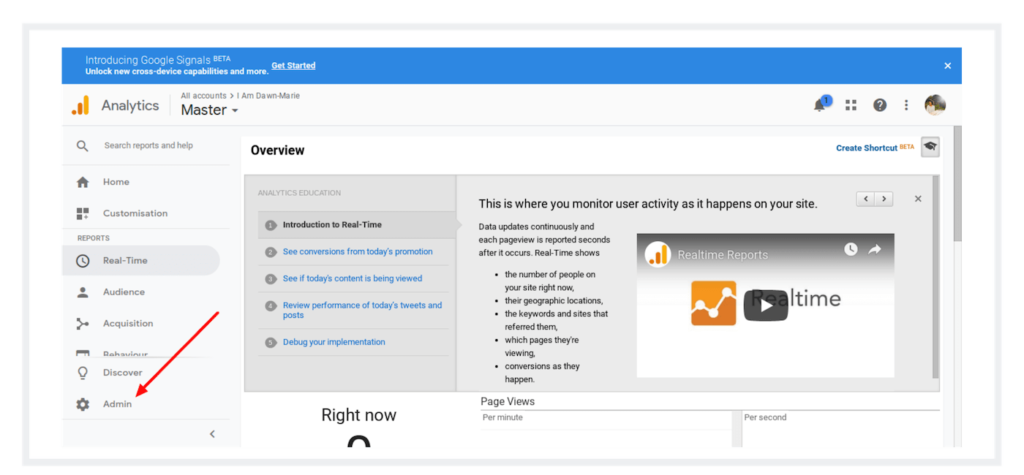
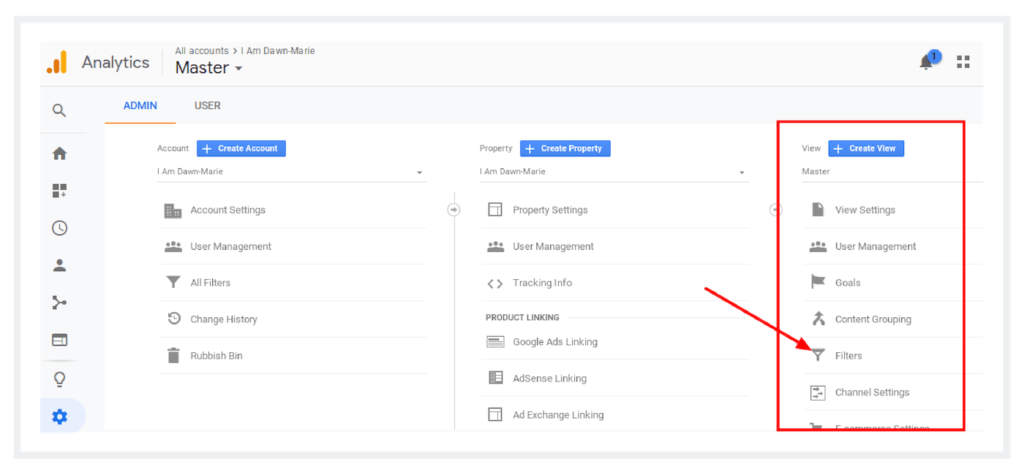
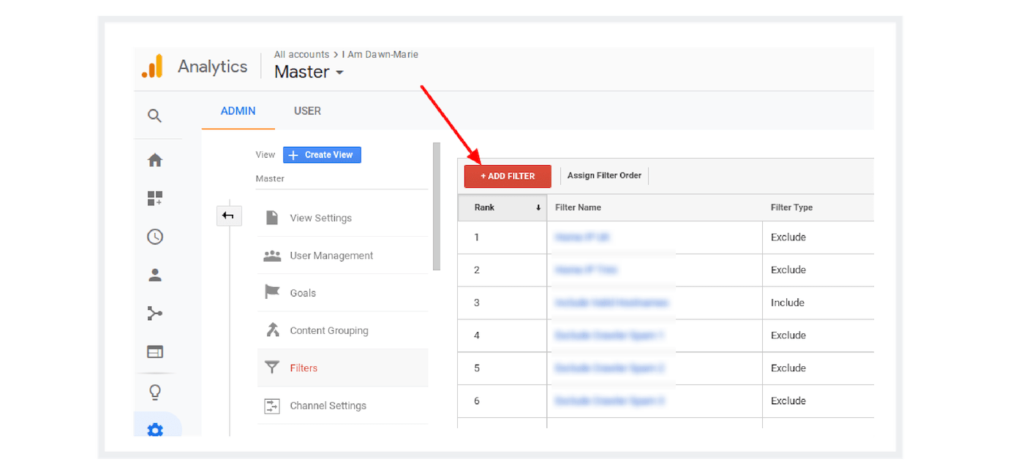
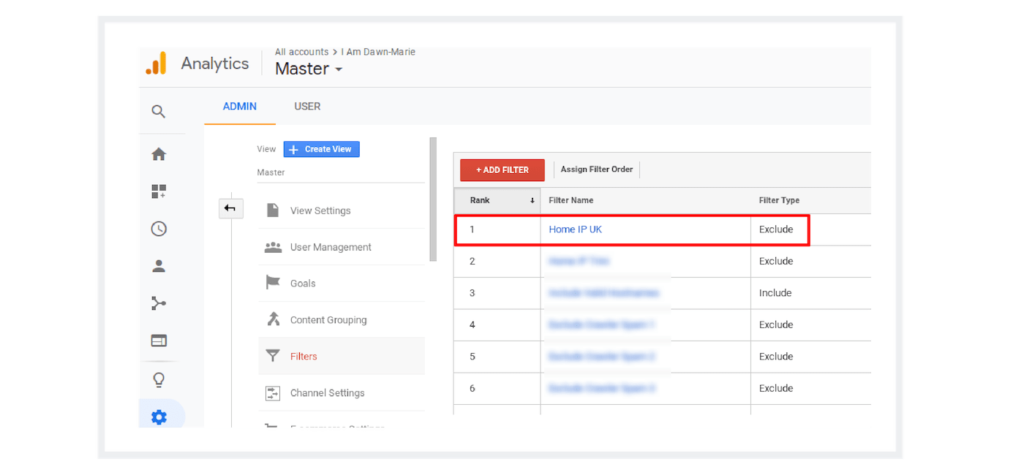
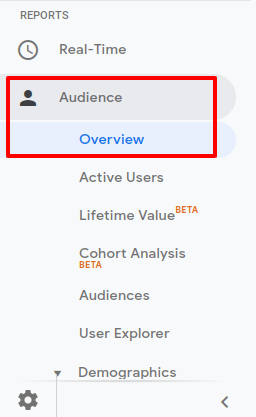
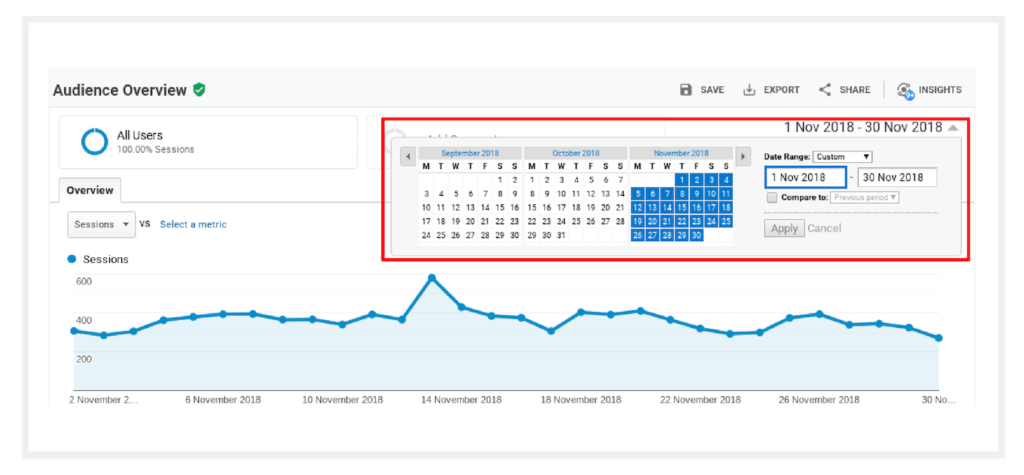
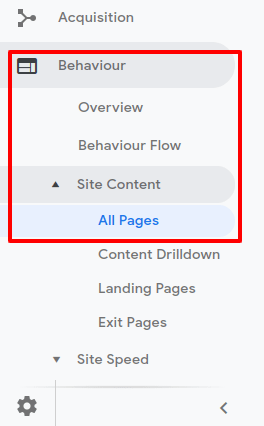
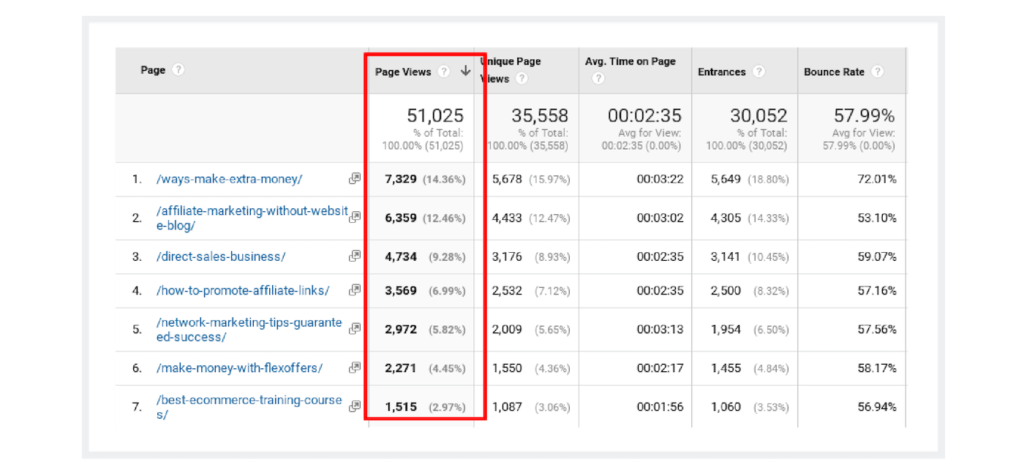
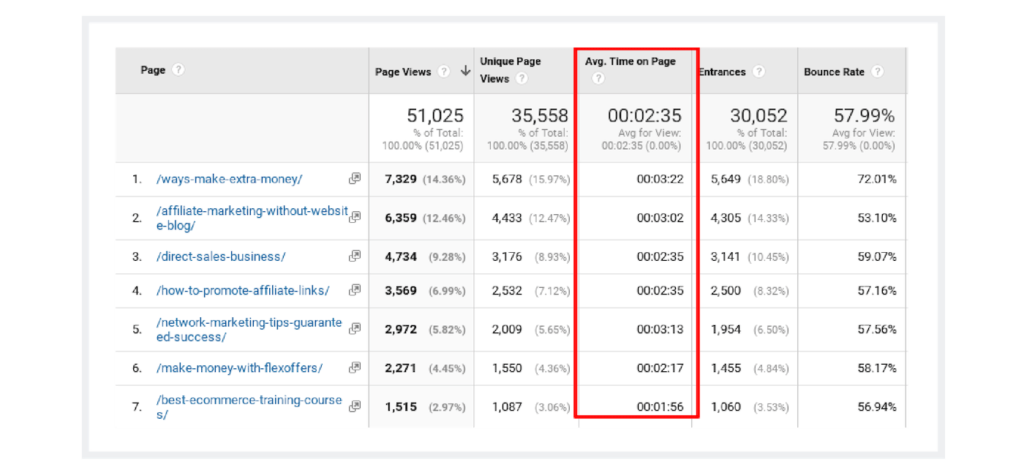
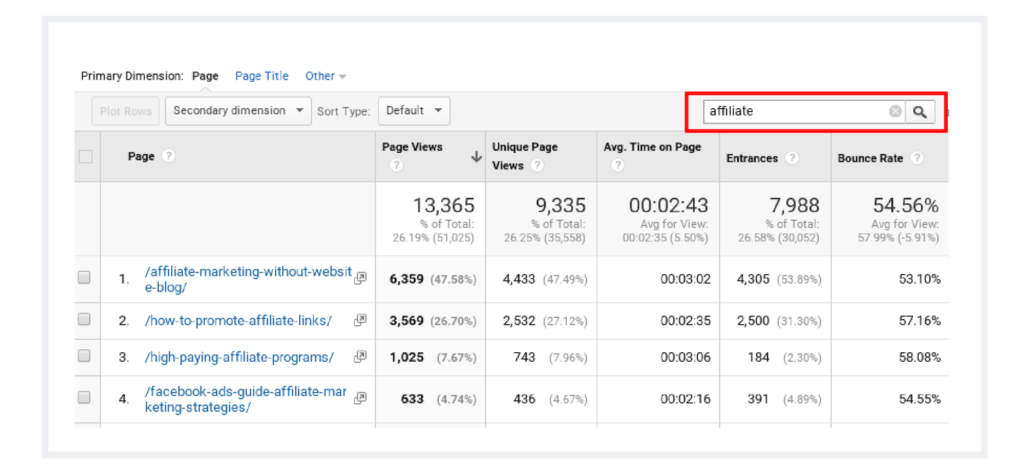
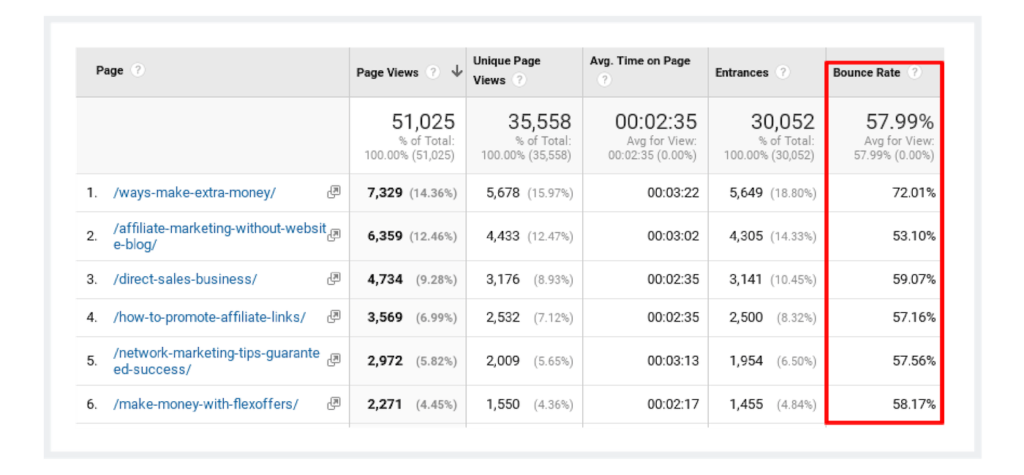
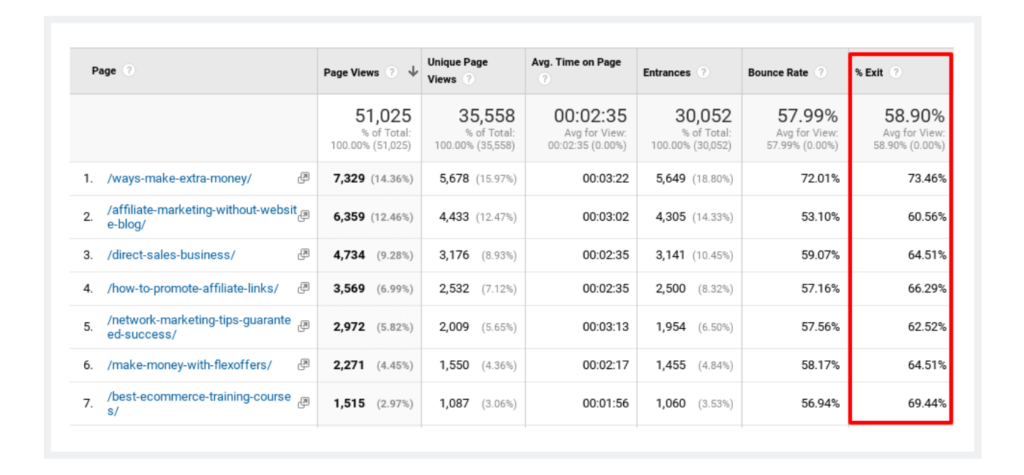
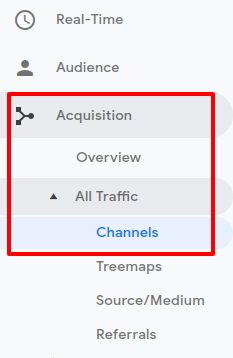
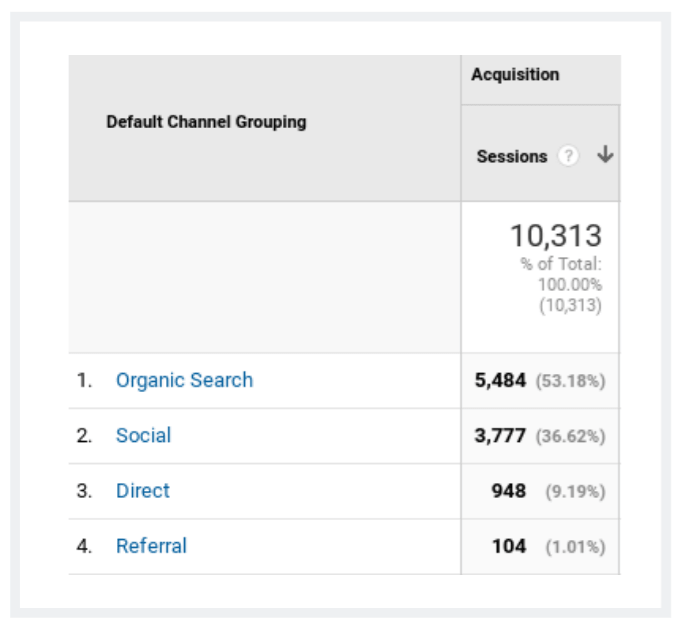
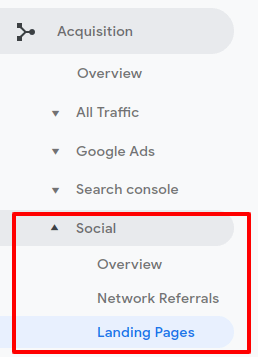
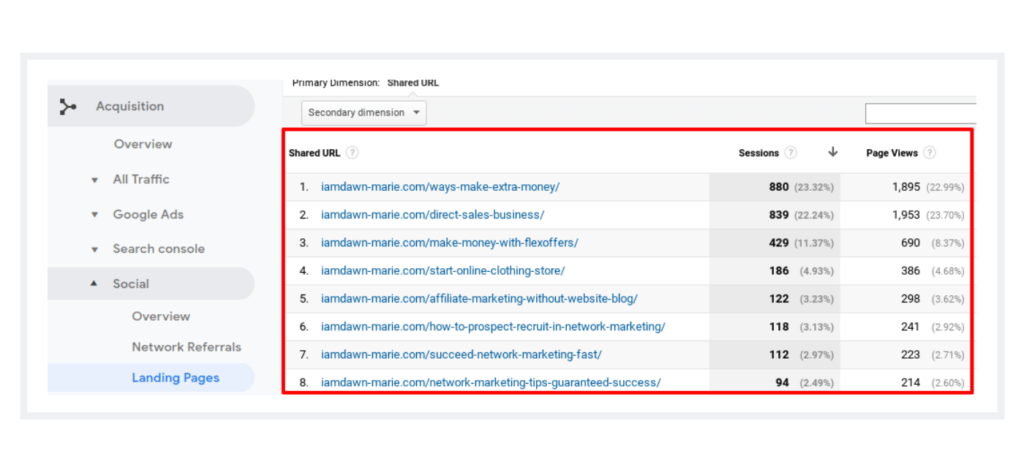
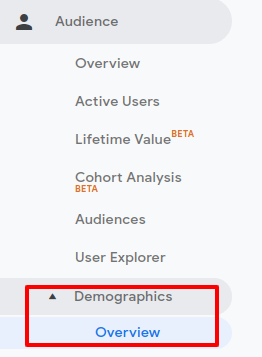
 Previous Post
Previous Post Next Post
Next Post




